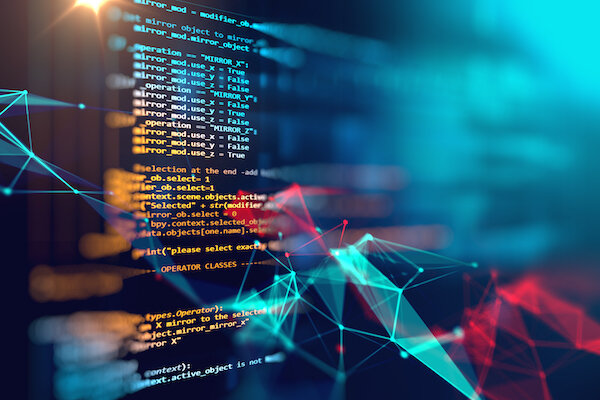Supreme Court Declares Google’s Copying of Java API to be Fair Use
Supreme Court Finds Copying Code Was Fair Use by Google
Earlier this month, the Supreme Court made another landmark decision in intellectual property law when it held, in a 6-2 decision, that Google’s copying of Oracle Corporation’s Java application programming interface (“API”) code was fair use.
This blog is an update to my 2020 blog post regarding whether application programming interfaces could be protected under copyright law. Now, the Supreme Court has answered, in a majority decision, that even if copying occurs, such copying may be permissible under the Fair Use doctrine.
Google v. Oracle in API Code Copying Case – Google Argued Fair Use
In a case that has been in the court system since 2010, the original dispute stemmed from whether Google’s use of Oracle’s Java application programming interface (“API”) code constituted copyright infringement. While the two parties had originally tried to reach an acceptable licensing agreement, talks broke down, and Oracle eventually sued Google.
The Java API was originally developed by Sun Microsystems, which was later acquired by Oracle Corporation in 2010. The dispute between Google and Oracle arose from Google’s use of Java API technology in the creation of its Android platform. While Google has never denied that it used approximately 11,500 lines of Java API code in developing its mobile Android platform, Google has instead advocated that its use of the Java API code was fair use.
Google emphatically declared that the copying of the approximate 12,000 lines of code was necessary for third-party programmers to use in order to begin coding on the Android platform. In fact, in some examples, Google was able to successfully show the Supreme Court that, without the copying of the Java API code, some developers would never have been able to write any software for the Android platform at all.
Consequently, Google was able to demonstrate that the software industry, in general, relies heavily on the free use of APIs. It would then follow, Google argued, that allowing API code, wholesale, to be protectable and infringeable, would discourage innovation.
When Can Copying Code Be Considered Fair Use?
In deciding whether Google’s use of Java API code constituted fair use, the court followed the four-factor analysis set forth in Folsom v. Marsh. First, in addressing the purpose and character of the use—the Supreme Court found it significant that Google created a wholly new product from its use of the Java API, namely, its Android mobile smartphone platform. And as this was a major innovation on Google’s part, and hugely significant for the technology sector, the Supreme Court found Google’s use to be “transformative,” which is hugely significant in a finding for fair use.
Second, in evaluating the nature of copyrighted work—the Supreme Court also found this factor in favor of Google because it held that the nature of the approximate 12,000 lines of code that Google used to be more closely tied to uncopyrightable ideas and functionality as opposed to creativity.
Third, in reviewing the amount and substantiality of the portion used—the Supreme Court made an important distinction, noting that despite using almost 12,000 lines of code, this was not significant when compared to the entire Java API computer codebase, which contains over 2.8 million lines of code. Subsequently, because the Supreme Court deemed that Google’s copied portion amounted to only about .4 percent of Oracle’s protected work, this factor also favored Google.
Lastly, the Supreme Court addressed market effects, which is the fourth factor in fair use analysis. Here, the Supreme Court still found in favor of Google because it determined that Sun Microsystems would have had difficulty entering the mobile phone market, and as such, Google’s use did not adversely impact Sun Microsystems.
Supreme Court Finds Copying Code is Fair Use When Transformative for Innovation
Overall, the final takeaway from the Supreme Court’s decision in Google LLC v. Oracle America, Inc., is that the High Court will significantly value innovation over the protection of existing works. To avoid a chilling effect on progress and improvement, the Supreme Court will balance the need for creators to use existing and/or protected works. Overall, counsel and clients alike should seek a license for use of protected works. At the same time, however, both should be cognizant that the Supreme Court has signaled a clear willingness to find fair use—even if there appears to have been wholesale copying of a protected work—as long as there is a clear showing of transformative use and significant innovation.
Key Takeaways on When Copying Code is Fair Use
Earlier this month, the Supreme Court found Google’s use of Java API to be fair use because:
Its use of the Java API was transformative;
The amount of code copied amounted to only a small percentage;
The nature of the work copied was technical and considered non-creative; and
Sun Microsystems, the original owner of the protected work, had little chance of entering the mobile phone market, and as such, the copying of the Java API’s had no adverse market effects.
For more information on technology law, see our Technology & Data Legal Services and Industry Focused Legal Solutions pages.

